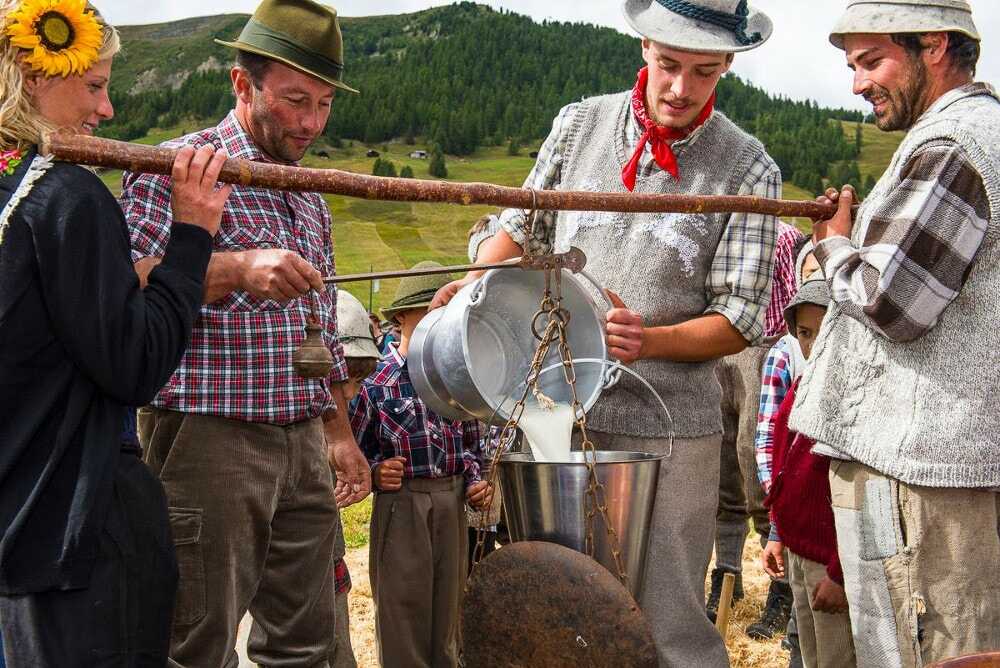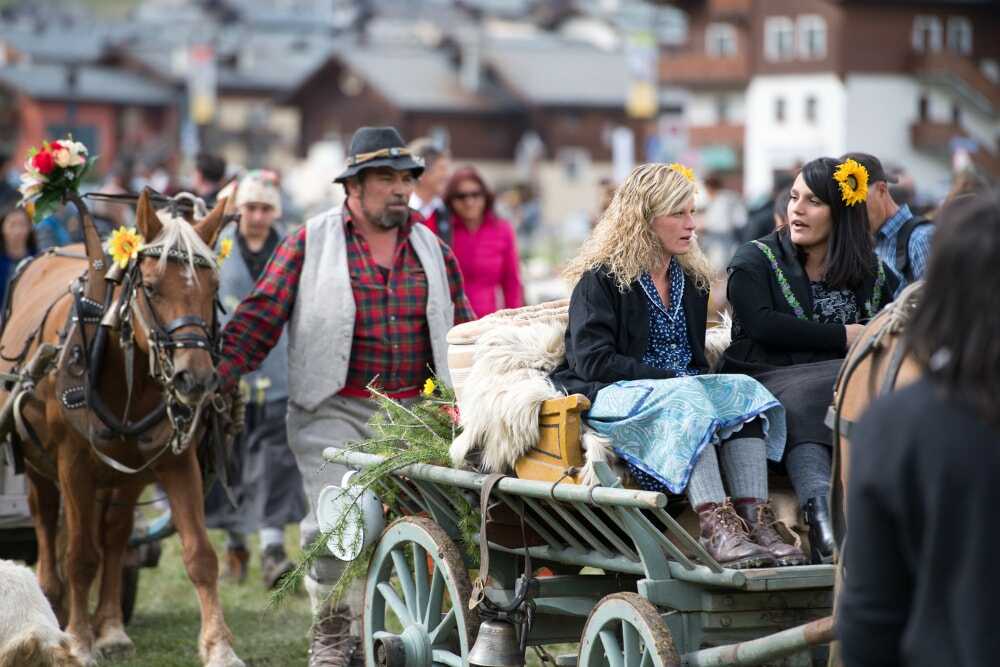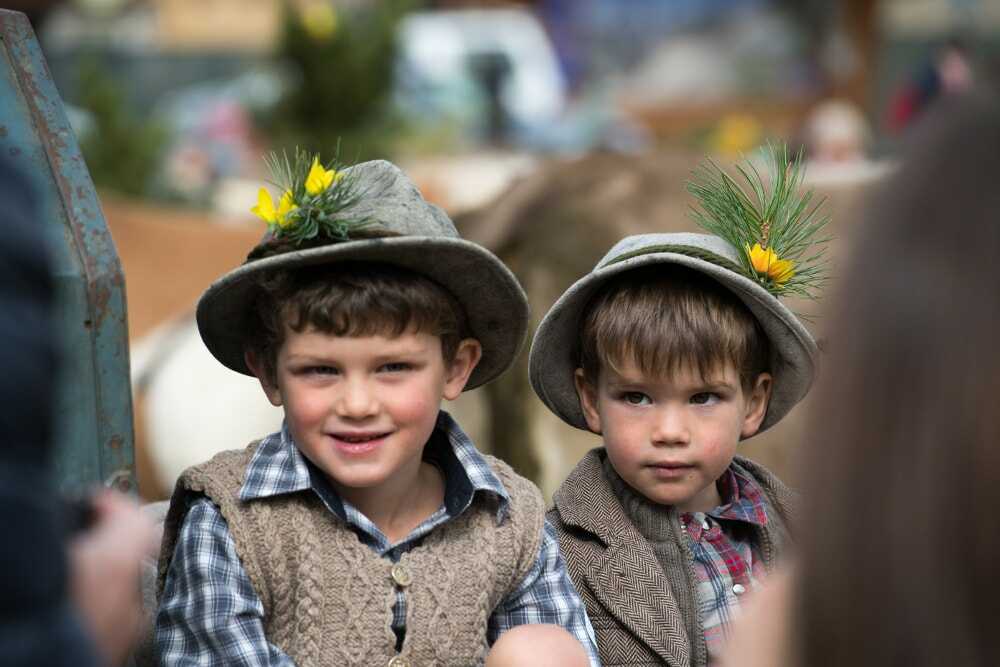As if like clockwork, September is a key moment in the
seasonal movement of people and their livestock between high-altitude summer
pastures and the wintery stables on the valley floor. To the soundtrack of
chiming cowbells, the transhumance sees garlanded cows take centre stage in a
festival that opens people’s eyes to old mountain values and traditions.
Spread
over a number of days, there are a range of events, including ones specifically
for children, as well as no shortage of opportunity to purchase local produce
that’s proudly KM0, such as various types of cheese, butter and other diary
items produced https://www.sondrioevalmalenco.it/in the fresh mountain air with superior quality.
TRANSHUMANCE 2025: FESTIVALS IN VALTELLINA
Here’s
a selection of the most important transhumance festivals in Valtellina:
27-28 September: ALPEN FEST IN LIVIGNO
Livigno offers two opportunities to celebrate the transhumance, beginning with the unmissable parade through the centre of the town followed by festivities in Trepalle on the Sunday.
27 September: AL DI' DE LA BRONZA IN VALDIDENTRO
A day dedicated to the transhumance with a cattle parade, the blessing of the
animals, plus a whole host of
activities to partake in.
TRANSHUMANCE IS RECOGNISED BY UNESCO
Transhumance – the traditional
practice of adapting to nature by moving livestock in the search for grass –
has now officially been added to UNESCO’s list of intangible culture heritage.
It’s an age-old farming practice that happens across the whole of Italy,
including Valtellina, and a ritual that shapes the valley, the agriculture and
tourism.
Transhumant
shepherds, as emphasised in the candidacy bid made by Italy, Austria and
Greece, have a deep understanding of the environment, the ecological balance
between humans and nature, as well as climate change. According to UNESCO, “it
is one of the most sustainable, efficient livestock farming methods.”






